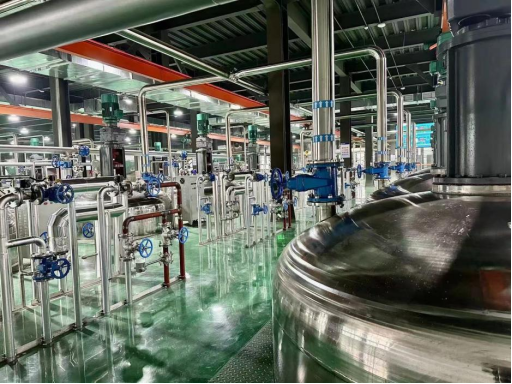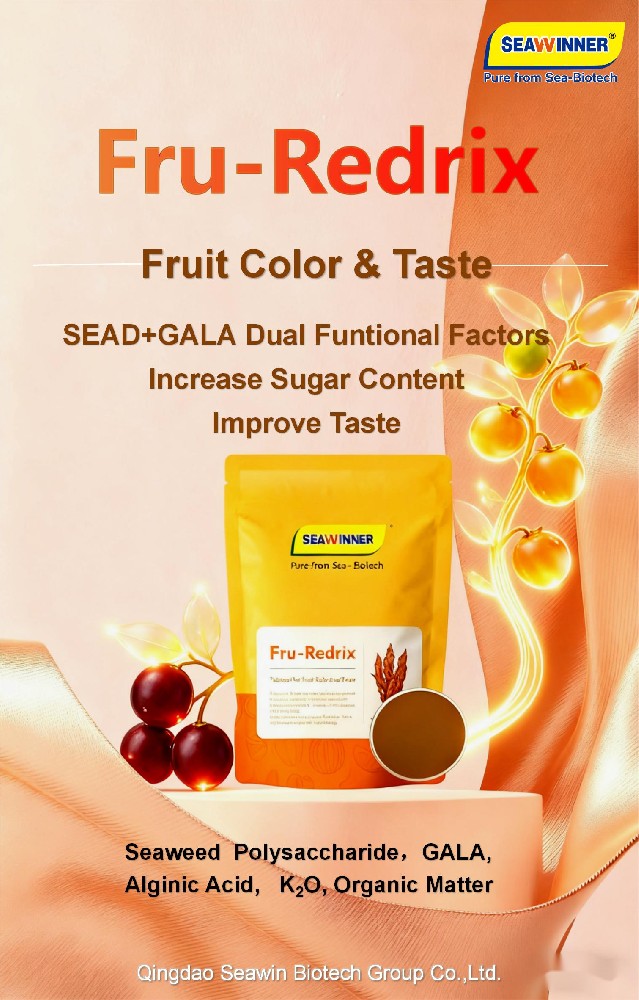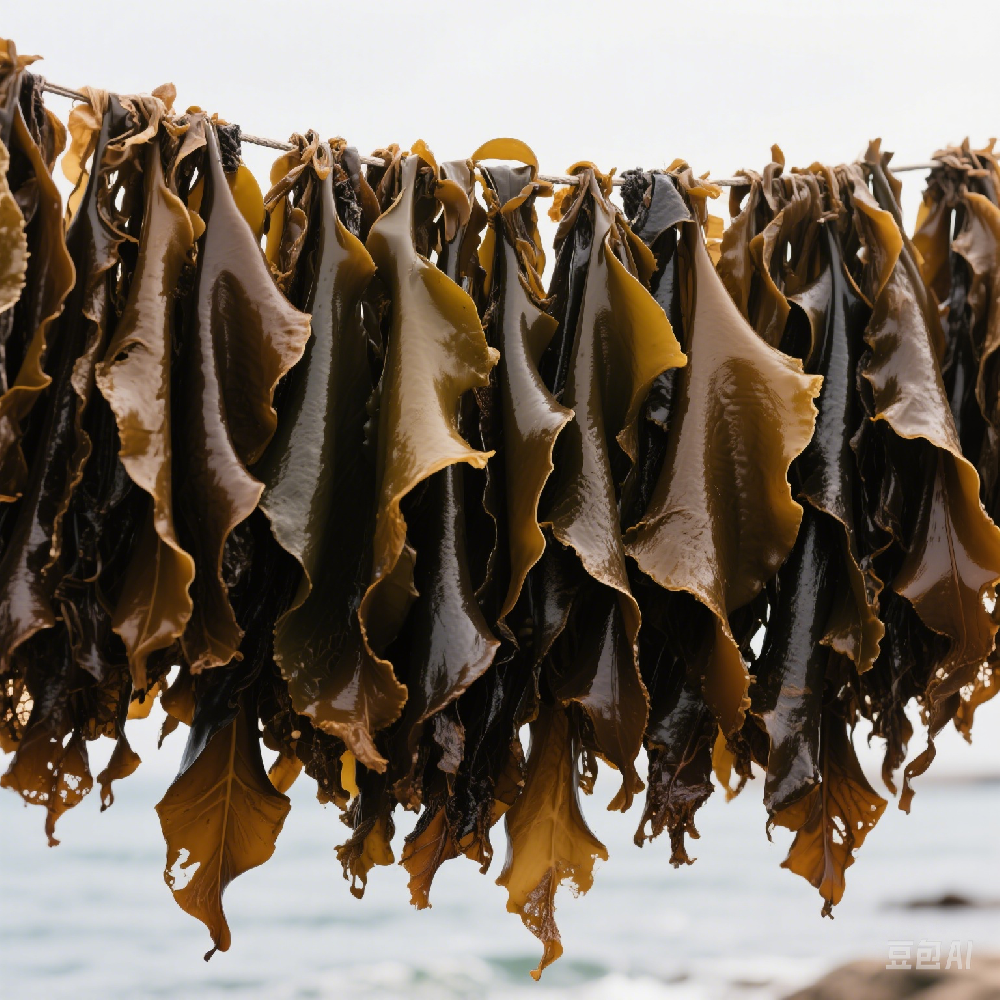Chitosan Oligosaccharide (COS), a derivative of chitin, has emerged as a promising bio-control solution. It effectively triggers Systemic Acquired Resistance (SAR) or Induced Systemic Resistance (ISR) in plants, activating their natural defense mechanisms. As a result, COS is gaining recognition as an ideal component in integrated organic and biological crop protection strategies.
Qingdao Seawin Biotech Group is committed to advancing sustainable agriculture by promoting cost-effective, high-efficiency, and quality-enhancing solutions worldwide. With a focus on innovation, we have refined our COS extraction and production processes, and now offer two formulations: liquid and powder. The technical specifications are as follows:
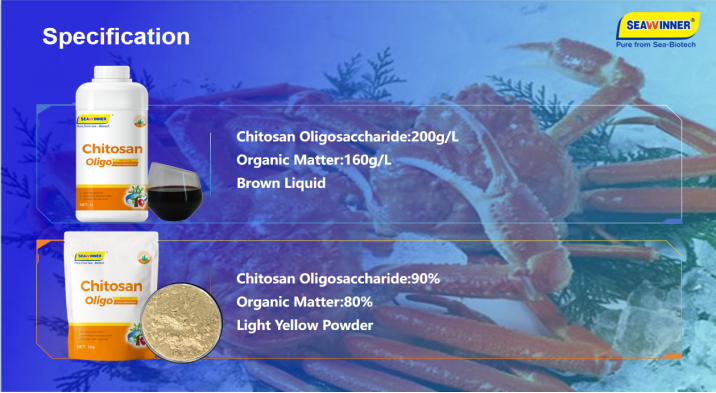
Key Features & Advantages of SEAWIN Chitosan Oligosaccharide (COS)
Ø High Degree of Deacetylation (DA)
The raw material has a DA ≥ 85%, which significantly enhances biological efficacy and reflects superior product quality.
Ø Low Molecular Weight, High Bioactivity
With a polymerization degree of 2–10 and a molecular weight of less than 2000 Da, this segment represents the most bioactive fraction of chitosan oligosaccharides.
Ø 100% Water Soluble
Fully soluble in water, SEAWIN COS is highly versatile and suitable for a wide range of application scenarios without limitations.
Dual Functions of Chitosan Oligosaccharide
Ø Biological Disease Control
COS enhances plant immunity by stimulating the activity of key defense-related enzymes such as:Peroxidase (POD), Phenylalanine Ammonia-Lyase (PAL), Chitinase.
This enzymatic activation leads to strengthened cell wall structure, improving plant resistance against a broad spectrum of harmful organisms, including pathogenic bacteria, fungi, and nematodes.
Lab-Based Antimicrobial Assay
In-vitro plate inhibition tests have demonstrated that SEAWIN COS exhibits strong inhibitory effects on common plant pathogens, confirming its potential as a biological control agent.
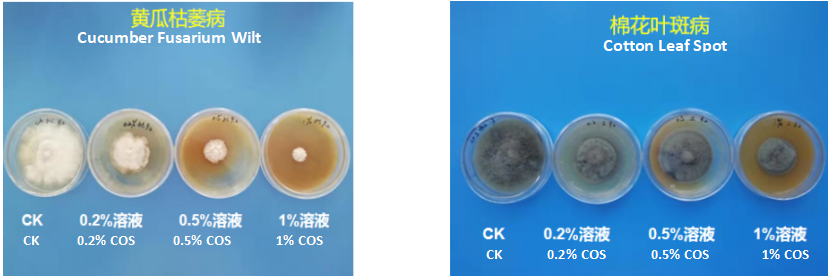
Experimental results have shown that SEAWIN Chitosan Oligosaccharide demonstrates significant control efficacy against a range of crop diseases, including Grape Leaf Spot, Cucumber Fusarium Wilt, Cotton Leaf spot, Strawberry Root Rot, Apple Anthracnose, Apple Ring Rot.
These findings confirm the product’s broad-spectrum bio-protective properties, making it a reliable component in integrated crop disease management programs.
In-vitro Nematode Inhibition
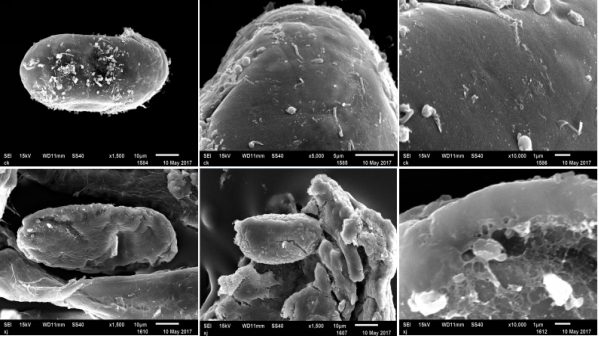
Damage to nematode eggs (100-fold solution) (Scanning electron microscopy)
Field Control Performance
Crop:Cucumber
Experimental design
-Three repetitions , Averaging
-Root Irrigation
- CK Blank Control
- T1 Avermectin (7.5L/ha)
- T2 Avermectin (7.5L/ha) +200g/L COS liquid (1.5L/ha)
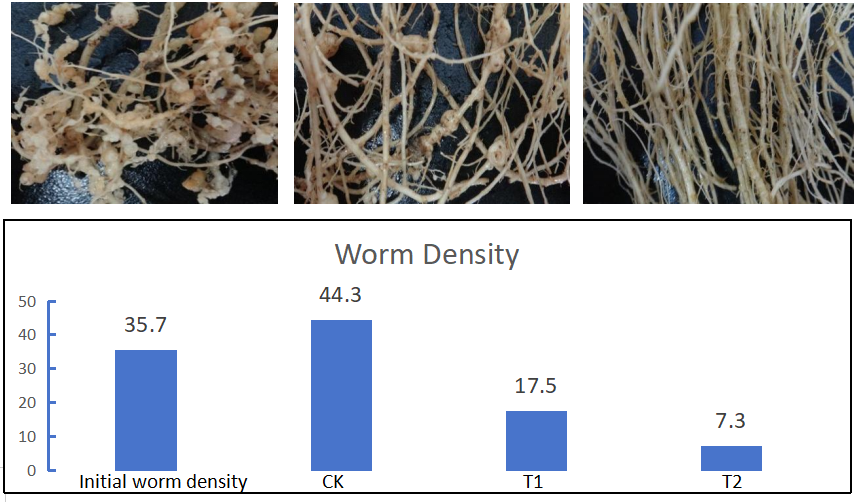
Using chitosan oligosaccharide together with abamectin can effectively improve the field control of nematodes. Nematode density is reduced by 58.3% compared to treatment with abamectin alone. The roots become well-developed and vigorous, with stronger nutrient absorption capacity.
Ø Biostimulant Functions: Enhance stress resistance
Trial on tomato
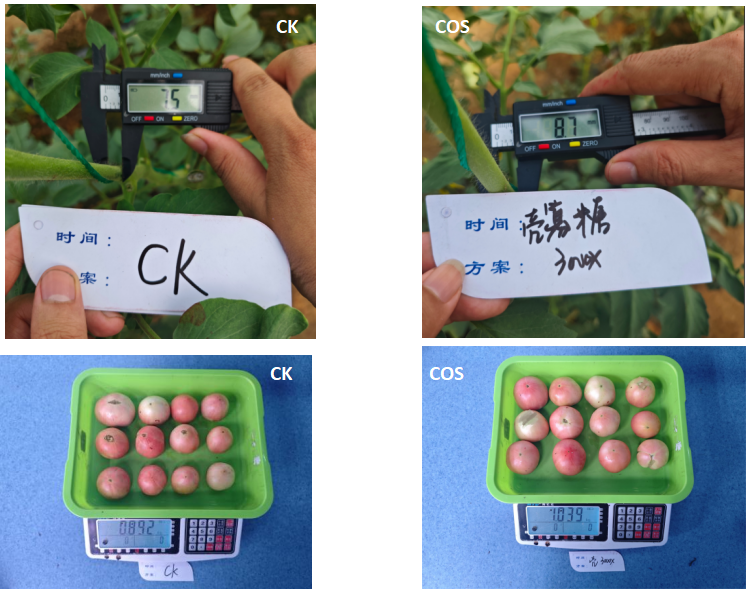
In regions with high temperature, humidity, and severe viral pressure during summer, foliar application of COS at a 1:3000 dilution effectively suppresses viral disease, sustains crop vigor, and promotes fruit enlargement—resulting in a 16.5% yield increase compared to the control.
Conclusion
Chitosan oligosaccharide, with its dual role as a biocontrol agent and a plant biostimulant, represents a promising solution for sustainable agriculture. Its ability to enhance crop resistance, promote growth under stress conditions—such as high temperature, humidity, and disease pressure—has been consistently validated in field trials. As the industry continues to seek greener, more efficient crop inputs, integrating chitosan oligosaccharide into well-designed formulations and expanding its large-scale application will be a key direction for future development.

